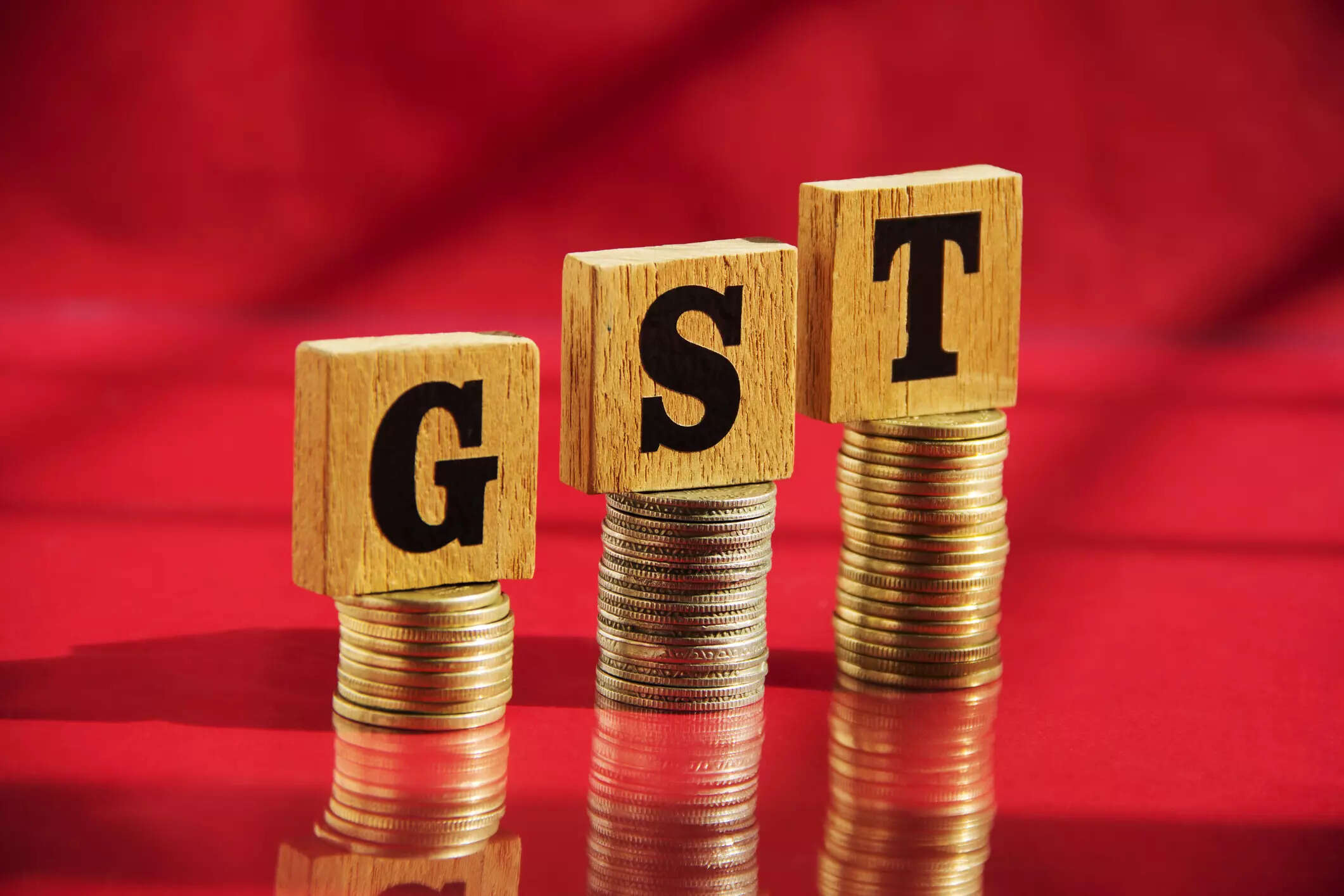
Over the last couple of years, the number of GST audits initiated by the department and notices greeting the taxpayers has significantly gone up. There has been a significant surge in investigations by the GST authorities as well. However, the experience of taxpayers with departmental audits under the GST regime is far from satisfactory. It could be attributed to several issues ranging from a multiplicity of audits initiated by the Centre and State authorities or simultaneous initiation of investigations by the Directorate General of GST Intelligence (DGGI).
Even in cases of streamlined audits, taxpayers are asked to furnish certain information which is already available with tax authorities such as returns (monthly and annual), DRC-03 challans, etc. While the tax authorities have their internal guidance in the form of the GST Audit Manual (GSTAM), the overall audit experience needs to be much more focussed, efficient and taxpayer-friendly.
In several cases, taxpayers have been forced to invoke the Writ jurisdiction of the High Courts, in cases such as, where the authorities violated the principles of natural justice or refund claims were rejected without an appreciation of material on record. The absence of GST Appellate Tribunals has only added fuel to the fire.
In recent months, GST authorities also issued thousands of notices which would eventually lay down the foundation of a slew of litigation matters. Possibly, several of these aspects could be on account of initial compliance challenges in the regime or interpretational issues which still linger on. Questions such as a requirement to undertake cross charges in case of multiple locations or Input Service Distributor mechanism or a combination of both, haunt the taxpayers till date.
While it may not be possible to address all challenges, it would be helpful if more FAQs and clarifications could be issued in respect of compliance-related matters to minimise the issuance of notices for mismatches in disclosures.
The Government should focus on utilising every opportunity to diffuse possible litigation and make sure that GST laws don’t end up being another breeding ground for frivolous litigation. In so far as legal matters are concerned, the Government needs to strengthen the advanced ruling mechanism to make it a useful tool for taxpayers.
Taxpayers generally avoid exercising this option given the constitution of the bench and trends over the last 5 years. Divergent views of different advance ruling authorities only add to the confusion. A major revamp is required to make advance rulings a viable go-to option for taxpayers.
The Competition Commission is now entrusted with the responsibility of monitoring profiteering by suppliers under the GST laws. It is to be seen how this setup would fare in comparison to the erstwhile National Anti-Profiteering Authority. Furthermore, the Government also decriminalised several offences under GST laws in an attempt to make the regime taxpayer friendly.
While this is a welcome move, the requirement to overhaul the taxpayer and the Government interface goes much beyond. The need of the hour is to revisit the existing mechanisms to make them more effective and bring in new ones such as a one-time amnesty scheme to gain taxpayers’ confidence. Such an amnesty scheme could focus on wrapping up of cases involving omissions by bona fide taxpayers.
Additionally, GST officers could also possibly consider holding open house sessions to address any doubts which may help in bringing down prospective litigations. The Government could also realign the audit and investigation process so that it is better coordinated between the Centre and State officers and avoids duplicity of efforts.
An investigation by the DGGI officials should factor in the departmental audits that have happened for the concerned taxpayer thus far. This would also support in reducing the duplicity of submissions by taxpayers. Lesser litigation would also mean lower levels of pendency for the yet to be constituted GST Appellate Tribunals.
While the journey of the first 5 years under the GST regime has been no less than a roller coaster ride, one hopes that the system would show more maturity by the time the regime hits a decade. However, that requires active efforts starting now which would help immensely in gaining taxpayer confidence. As a consequence, all these efforts would also boost investor confidence, catalyse the ‘Make in India’ initiative and improve India’s ranking on the ‘Ease of Doing Business’ index.
The writer is Partner – Indirect Tax, BDO India
Also Read:
